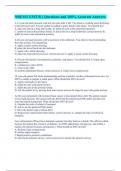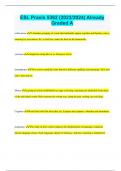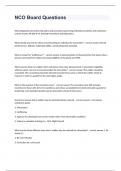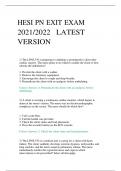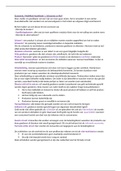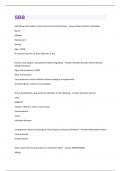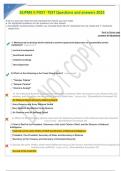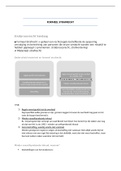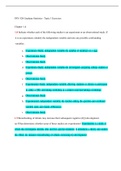Exam (elaborations)
NREMT EMT-B || Questions and 100% Accurate Answers.
- Course
- Institution
A 13-year-old male presents with left arm pain after a fall. You observe swelling and a deformity to his left lower arm. You are unable to palpate a pulse distal to the injury. You should first A. place his arm in a sling and swathe. B. splint his arm in the anatomical position. C. splint his ar...
[Show more]
